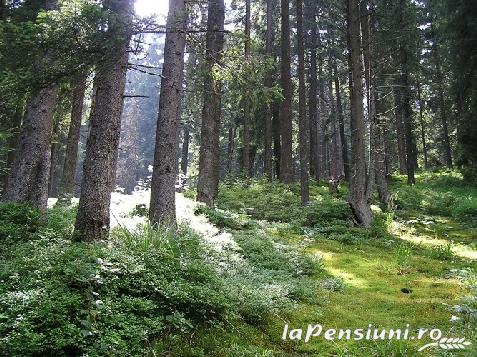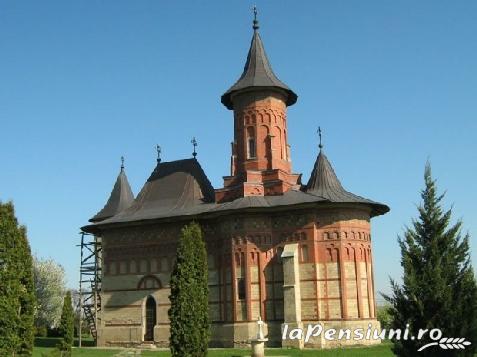

The Tudora yew reserve
Located in the Big Deal - Tudora region, at an altitude of over 550 m, it presents species of rare species of yew species for our country (very hard essence).
The reserve was established for the purpose of preserving this Taxus baccata tree, declared a monument of nature throughout the country. It is a tree that adapts to the conditions of a subarctic climate being specific to the Siberian taiga, the yew reserve is situated on a canyon, called the Bahlui canyon that is dug in limestone and biogeneous sandstone through vertical erosion.
Dacian Fortress of Stancesti
The fortress was dated to the 6th-3rd centuries BC. and is one of the most imposing Geto-Dacian cities in the Hallstadtian period in Moldova.
Fortress 1 stretches over an area of ??approximately 40 hectares. It is surrounded by a strong earth wave that measures today approximately 3-5 m, outwards and at the base with a defensive ditch of 2.5-3 m deep, with a width on the crest of 2-3 m and at the base of about 12-15 m. To the east the earth tide is interrupted leaving an entrance of 3-4 m width, probably the main entrance to this fortress. On the southern side, the ruins of a tower are preserved inside the fortress. The surface is currently arable land, with corn growing in particular.
Fortress 2 stretches on an approximately equal surface to the south of Fortress 1, and is also surrounded by an impressive land-wave of approximately the same size. The area of ??fortress 2 is currently afforested.
The church of St. Nicholas , Poputi - Botosani, founded by Stefan cel Mare and Saint dates back to 1496 and has its interior paintings of great value and original character. It was placed in a strategic position determined by the enemy invasions of the enemies attracted by the richness of the Botosani fair. For this reason, the actual buildings of the monastery were added to walls and a watchtower, giving them the appearance of a true fortress. The facade of the building is made of striated brick strips and colored ceramic discs, ornaments with geometric, faunistic and heraldic motifs, and the interior painting dates back to the 15th century.
(Translated with Google Translate)

